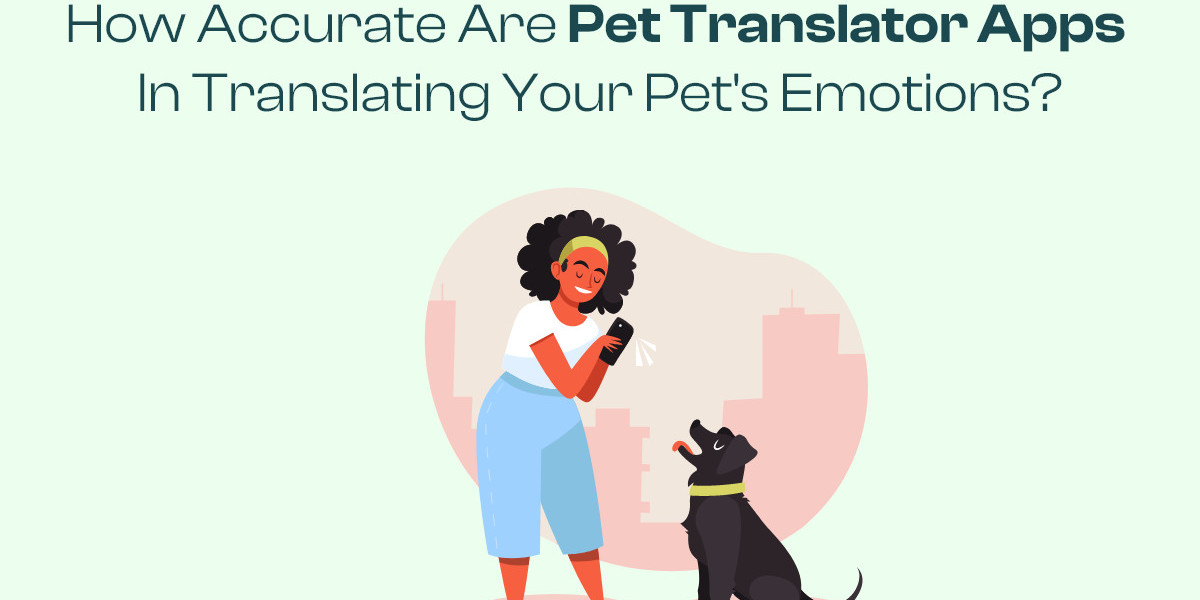Pets have long been a source of companionship, comfort, and joy for millions of people around the world. From the enthusiastic tail wags of a dog to the soothing purrs of a cat, it's clear that our furry friends have a rich inner world of emotions. But what if we could understand these emotions better? Enter pet translator apps, promising to decode your pet's feelings and bridge the communication gap between humans and animals. But just how accurate are these apps in translating your pet's emotions?
The Science Behind Pet Translator Apps
Pet translator app typically claim to analyze various factors such as vocalizations, body language, and facial expressions to determine the emotional state of your pet. Some apps use artificial intelligence algorithms trained on databases of animal sounds and behaviors to interpret these signals. However, the accuracy of these apps can vary widely depending on factors such as the complexity of the emotion being expressed and the individual differences between animals.
The Limitations of Pet Translator Technology
While pet translator apps may provide some insight into your pet's emotions, they are far from perfect. One of the main limitations is the inherent difficulty in accurately interpreting animal behavior. Unlike humans, who can communicate their feelings through language, animals rely on a much broader range of signals that can be open to interpretation. Additionally, the emotional complexity of animals means that translating their feelings into simple categories such as "happy" or "sad" may not always capture the full nuance of their experience.
Accuracy vs. Interpretation
Another challenge with pet translator apps is distinguishing between accuracy and interpretation. While some apps may claim to accurately translate your pet's emotions, it's important to remember that these translations are often based on algorithms that may not fully capture the subtleties of animal behavior. In many cases, what these apps are actually providing is an interpretation of your pet's behavior rather than an objective translation of their emotions.
The Role of Human Perception
Furthermore, our own perceptions and biases can influence how we interpret the output of pet translator apps. For example, if we believe that our pet is feeling a certain way, we may be more likely to interpret their behavior in line with that belief, regardless of what the app says. This can lead to a self-reinforcing cycle where the app's output confirms our preconceived notions, rather than providing an objective assessment of our pet's emotions.
Conclusion
In conclusion, while pet translator app may offer some insight into your pet's emotions, they should be approached with a healthy dose of skepticism. The accuracy of these apps is limited by the complexity of animal behavior and the inherent challenges of interpreting non-verbal communication. Instead of relying solely on technology to understand your pet, it's important to pay attention to their behavior, build a strong bond based on trust and communication, and consult with a qualified veterinarian or animal behaviorist if you have concerns about your pet's well-being. Ultimately, while technology can enhance our understanding of animals, there is no substitute for the deep, intuitive connection that comes from truly listening to and empathizing with our furry friends.



